There are currently over 1,100 UNESCO World Heritage Sites across 167 countries, from the Taj Mahal to Machu Picchu. But as champions of the undiscovered, we wanted to share with you some of our favourite lesser-known sites that aren’t yet inscribed, be they vast archaeological complexes, magnificent cave cities or ancient rock art. How many have you visited?
Bunce Island, Sierra Leone
Sierra Leone currently has no listed UNESCO World Heritage Sites – something we find surprising considering its rich cultural history. One site that was submitted to the Tentative List in 2012, however, is Bunce Island, once the largest British slave castle on the Rice Coast of West Africa.
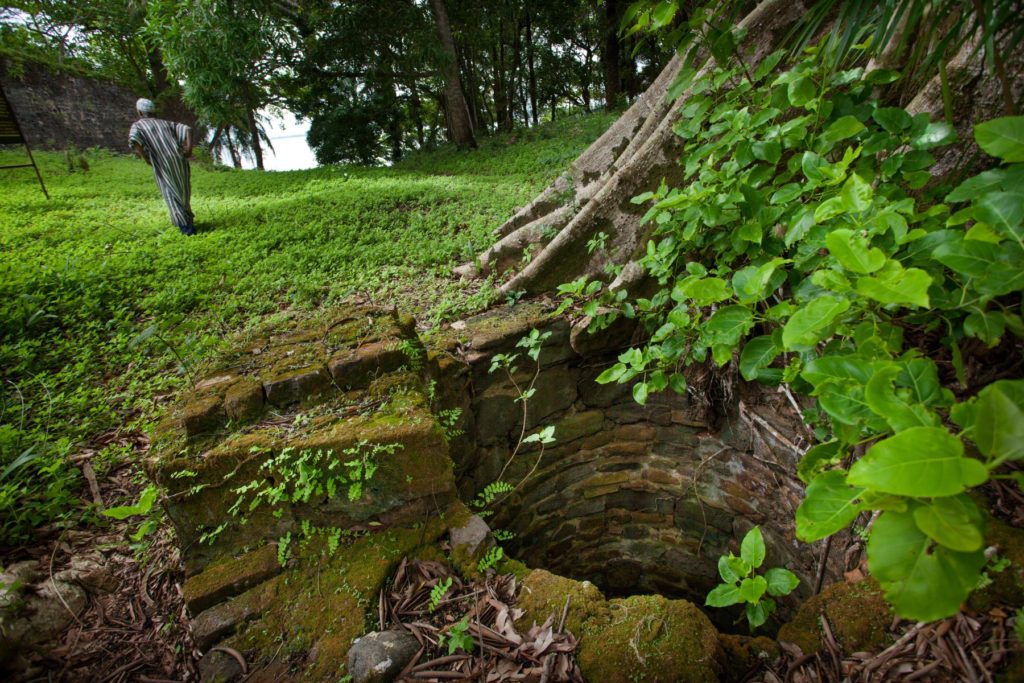
Vines clutch at the decaying stone bricks of the ruined fort, crevices widen, time passes. But while the plants inexorably reclaim the brickwork, Bunce Island’s past – which makes it arguably the single most important former slave site for African Americans today – is going nowhere. From 1668 until 1807, Bunce was home to an estimated 50,000 slaves, imprisoned by British slave traders. The structures that remain include bastions, walls of the merchants’ quarters and the gate to the slave house; it’s a sobering site, but one that tells of the island’s significant role in the slave trade.
Panjakent, Tajikistan
Tajikistan currently has two sites listed as UNESCO World Heritage Sites in the form of the Proto-urban Site of Sarazm and Tajik National Park, but this vast archaeological site has remained on the Tentative List since 1999. Panjakent’s state of preservation is remarkable, allowing you to see the true beauty of the 8th-century site.
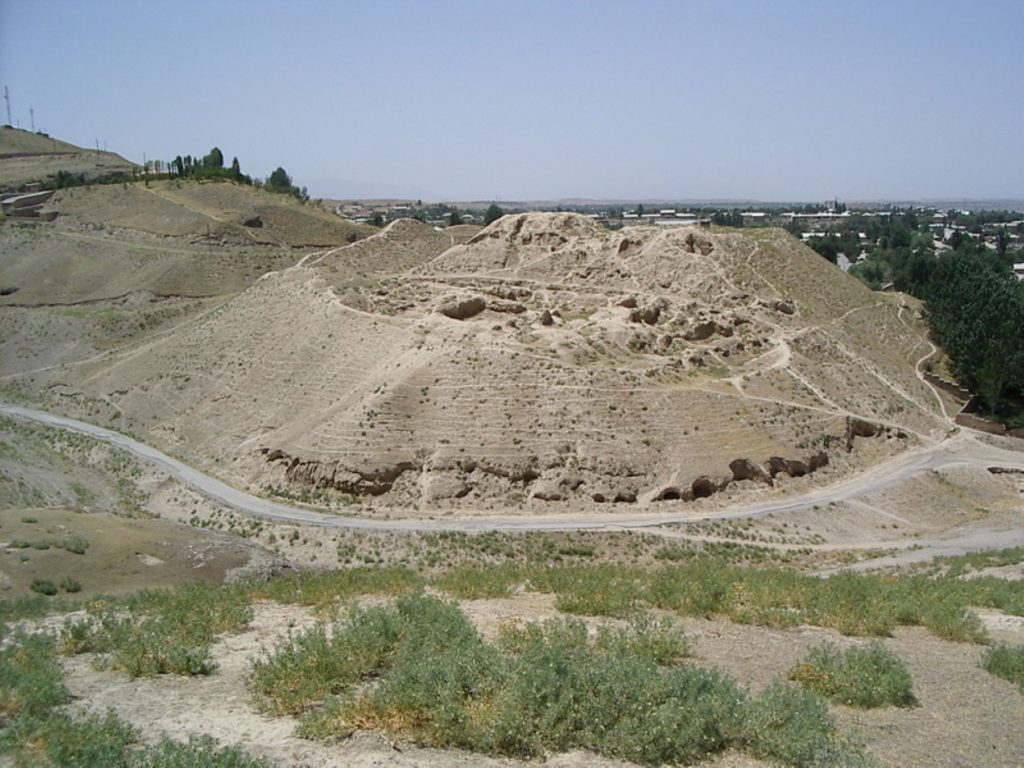
Ancient Panjakent is one of the easternmost settlements of the Sogdiana Empire, an Iranian civilisation that ruled large swathes of territories in central Asia more than a thousand years ago. Zoroastrianism was the predominant religion of the empire, and its holy books mention Sogdiana as the second-best land that God created.
Today the site is both fascinating and beautiful; excavations of the ancient city began in 1946 and are still ongoing, if only it could find its rightful place on the UNESCO list.
Dvin, Armenia
Just an hour away from UNESCO-listed Geghard Monastery and the Upper Azat Valley, the ancient city of Dvin has been on Tentative List since its submission in 1995.
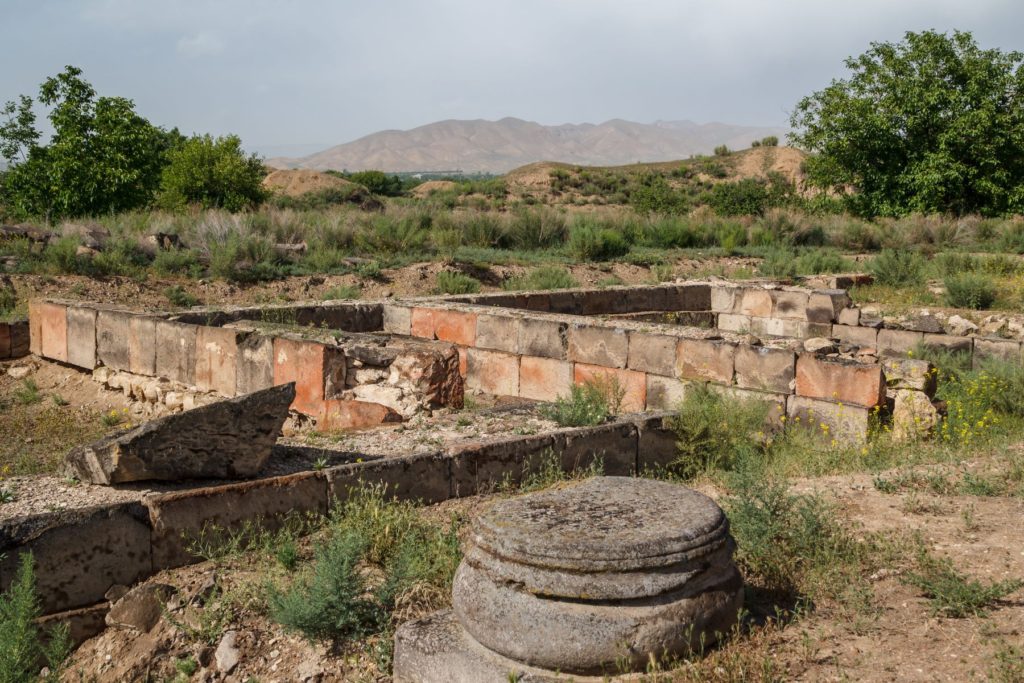
One of Armenia’s historic capitals, it is one of the oldest settlements in the country; during excavations in 1958, Late Bronze and Early Iron Age structures such as workshops and worship statues were discovered, as well as a 6th-century BC fortress.
Mdina, Malta
Most visitors to Malta are wowed by the UNESCO-listed treasures of Valletta, the current capital. But just a short hop east lies another historic walled city that dates back to at least Roman times when it was called Melite.
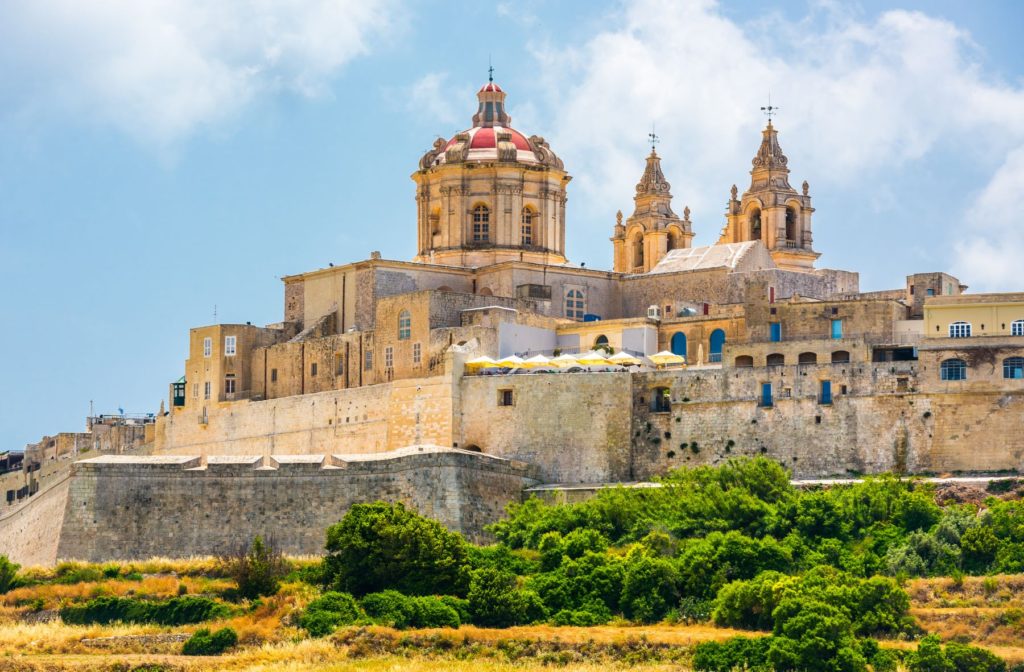
Also known as the ‘Silent City’, Mdina is situated on a plateau at one of the highest points on Malta, offering panoramic views across the island in all directions. The hill on which the city was built was initially fortified, along with the surrounding areas, by the Phoenicians circa 1000–700 BC. Today, approximately 250 people live within the walls encompassing an area of 900m2.
The Roman Domus is the best-preserved and most excavated of Malta’s Roman villas and houses – and the only one regularly open to the public. Standing just outside the walls of Mdina, it would have been well within the fortifications of the Roman town of Melite.
Uplistsikhe, Georgia
Submitted to the Tentative List in 2007, Uplistsikhe is one of many archaeological sites in Georgia – but is arguably the most impressive. This ‘cave city’ has been identified as one of the oldest urban settlements in the country and it is home to various styles of rock-cut cultures from Anatolia and Iran, as well as the co-existence of pagan and Christian architecture. By 1000 BC Uplistsikhe was a religious centre and it was a trading centre by at least the 5th century BC.
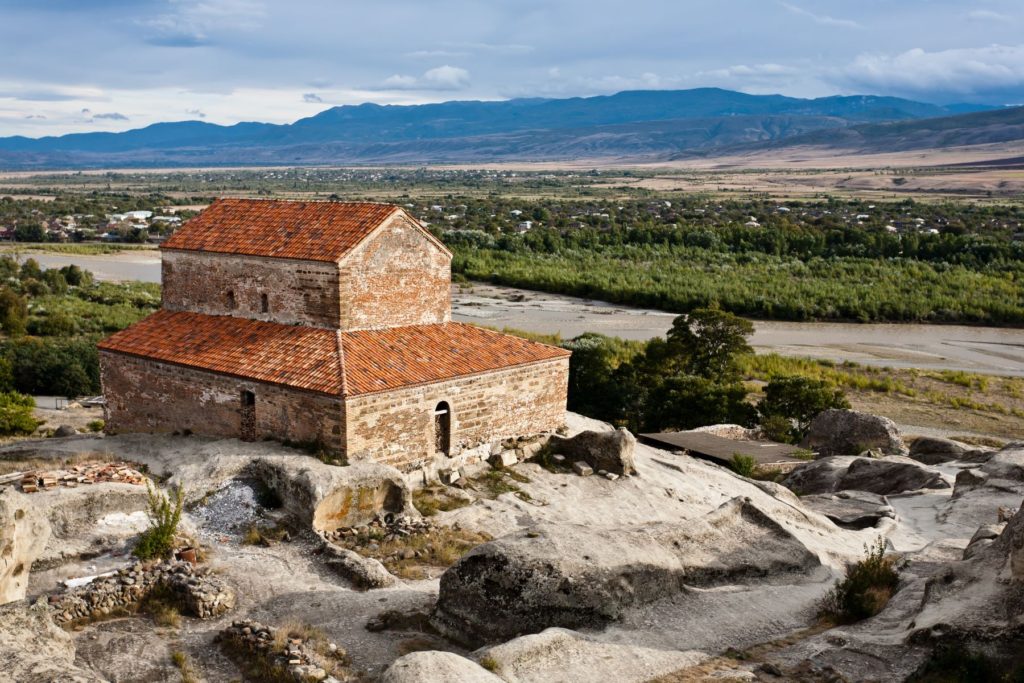
Sadly, unless action is taken in the next 10 to 30 years, some of the historic structures could crumble as cracks have appeared in many of the caves. UNESCO classification could save Uplistsikhe from further degradation.
Vjetrenica cave, Bosnia
The magnificent Vjetrenica is the largest cave in Bosnia and Herzegovina, and one of the most biodiverse caves in the world.
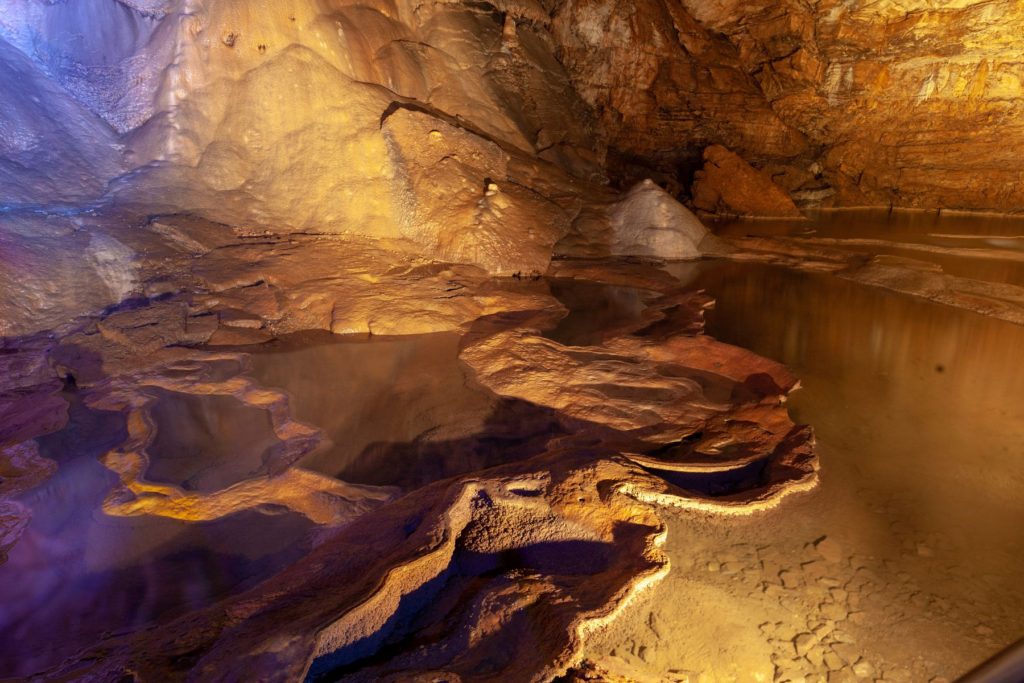
The cave is home to 85 troglobites (species bound to underground habitats) and the remains of eight fossilised animals have been found in it, the largest being the cave bear and the skeleton of a leopard. This extremely popular tourist destination delves 6km below the Dinaric Alps into a world of limestone galleries and glittering lakes. Although there are three other sites listed in Bosnia, none of them are caves, so there’s certainly room for one more.
Pobiti Kamani, Bulgaria
Bulgaria has a whopping ten World Heritage Sites, but surprisingly Pobiti Kamani, or ‘the stone forest’, is not yet one of them. The site has been on the Tentative List since 2011 and according to the UNESCO website ‘from a geological point of view the Pobiti Kamani is a unique phenomenon with global significance’.
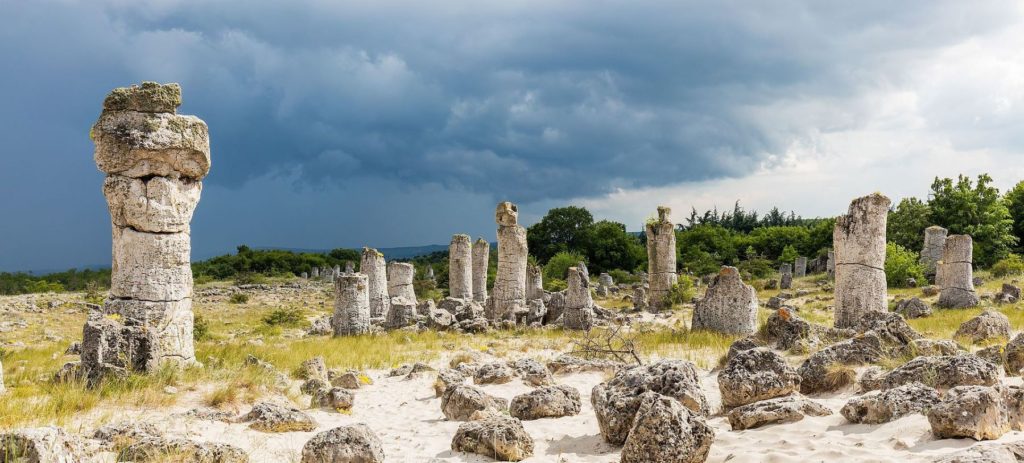
There have been many theories regarding how these structures came about; one of the most popular being that they formed 50 million years ago around natural methane gas seeps where the methane bearing fluids passed through sediments and reached the Earth’s surface.
Tigray rock-hewn churches, Ethiopia
Ethiopia is known for its rock-hewn churches, and the complex at Lalibela has been on the UNESCO list since 1978. However, hidden away in the far north of the country is an arguably even more spectacular site – the Sacred Landscapes of Tigray.
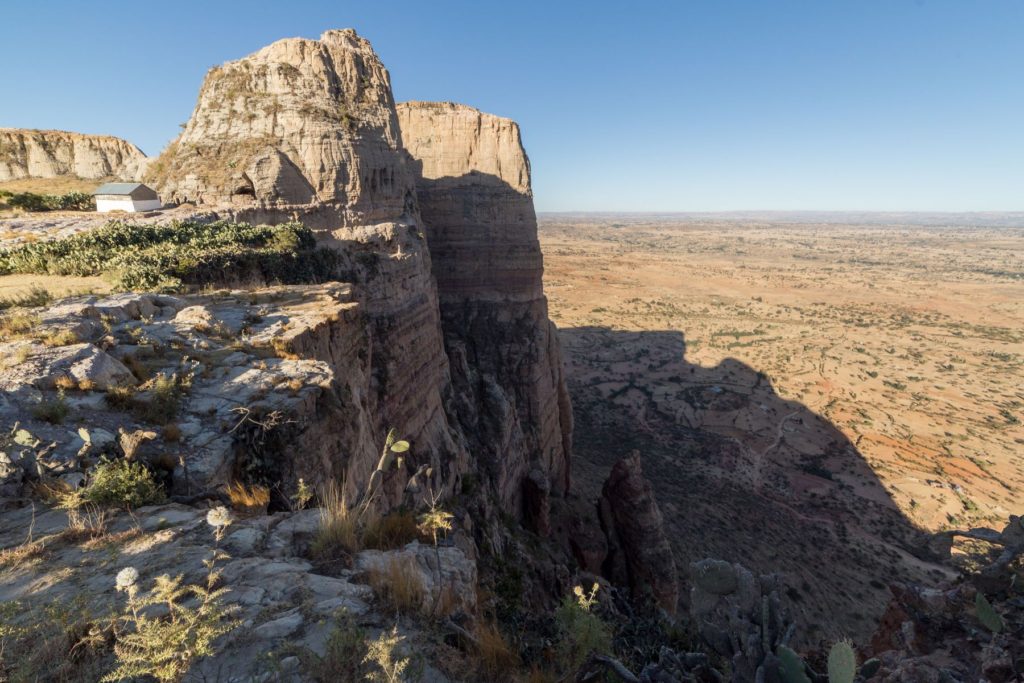
These churches (121 in total) are believed to be the largest group of rock-hewn architecture in the world, with a vast majority of them dating from the 5th to the 14th centuries AD. The most spectacular aspect of these ancient sites is their interior, with wall-paintings and various treasures that illustrate the developed of the original Axumite civilisation over the centuries.
Las Geel, Somaliland
The de facto state of Somaliland doesn’t have a single site listed on the UNESCO World Heritage website, nor any submissions to the Tentative List. Yet these cave formations contain some of the earliest-known cave paintings of domesticated African aurochs in the Horn of Africa.
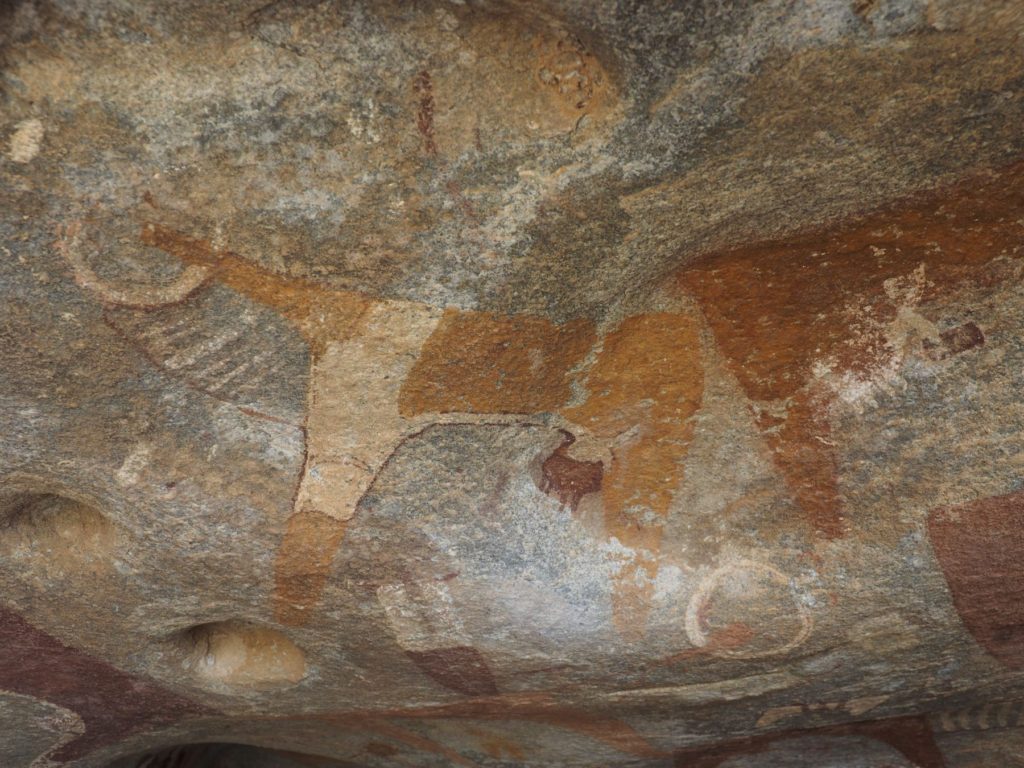
Estimated to be around 5,000 years old, but potentially twice as ancient, the formation of rocks at Las Geel is considered to be the best-preserved of its type in Africa. The rock art comprises of a dozen or so uniquely painted shelters situated on top of a granite outcrop and provides clear evidence that the pastoralist lifestyle was well established in the region thousands of years before it reached western Europe.
Shwedagon Pagoda, Myanmar (Burma)
Bagan became the second UNESCO World Heritage Site in Myanmar in 2019 so it could take a while for this remarkable pagoda to catch up, since it was only submitted for consideration in 2018.
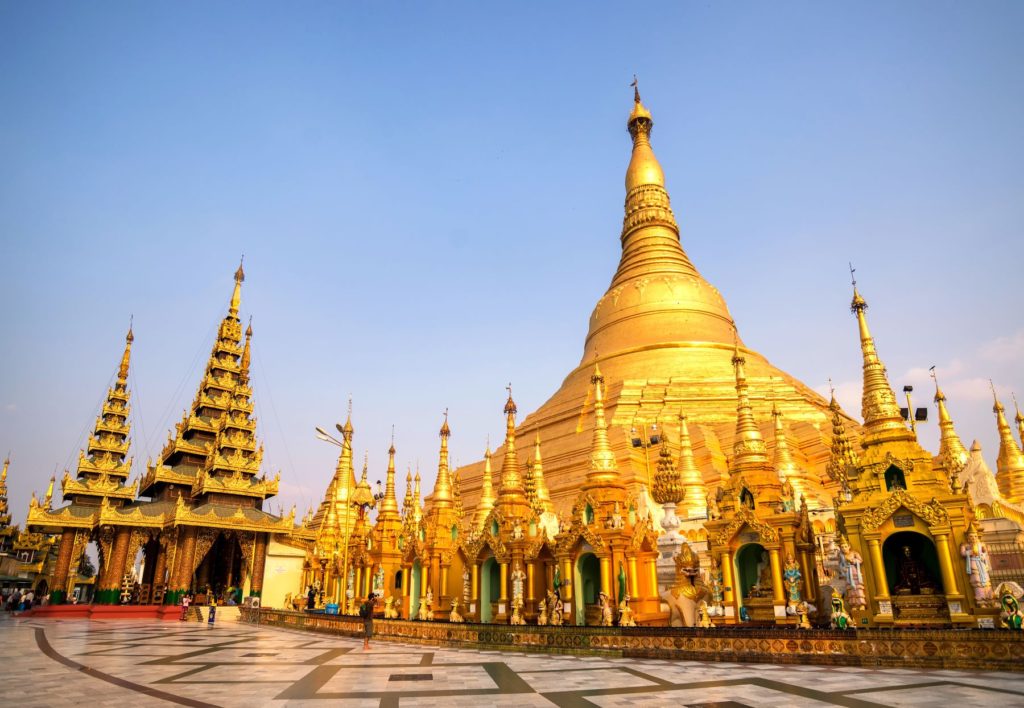
Known as the Golden Pagoda, this is considered to be Burma’s oldest and most important Buddhist pilgrimage site, dating back to the lifetime of Buddha. At around 2,500 years old, the main stupa (a Buddhist sepulchral monument, place of burial or receptacle for religious objects) enshrines sacred relics of the Gautama Buddha as well as the three Buddhas that preceded him.
Since its estimated construction in around the 6th century, the pagoda has been renovated many times and other structures, included numerous smaller stupas, have been added.
The Green Route of Verapaz, Guatemala
Submitted to the Tentative List in 2002, this stunning region is formed of multiple segments by the departments of Alta Verapaz and Baja Verapaz. Both departments have dense surrounding vegetation, with ecosystems typical of dry forest, thorny chaparral, cloud forests or rainforest.
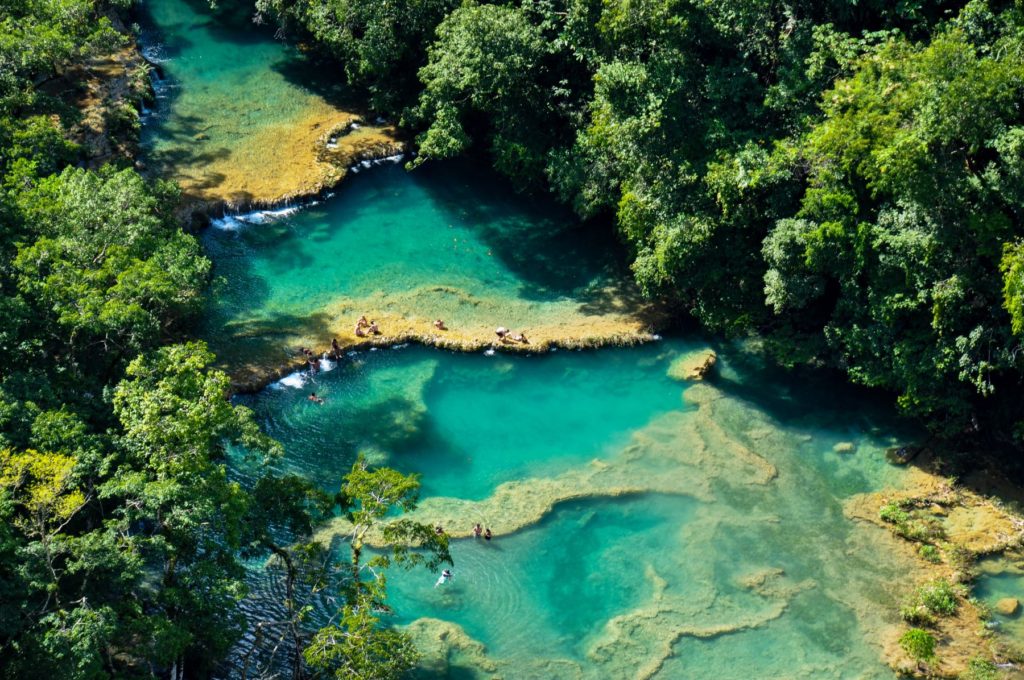
But it is the geography of the region that makes it so spectacular, and specifically the turquoise-coloured pools in the natural monument Semuc Champey, located in the Alta Verapaz department.
The stunning Green Route consists of a natural 300m limestone bridge, under which passes the Cahabón River, a popular swimming spot for tourists. Would you like to take a dip in the crystal waters of Verapaz?
Snowdonia, UK
To end top off our list we felt we had to pick something a little closer to home. Situated on the west coast of Britain covering 823 square miles of diverse landscapes, Snowdonia National Park is a living and working area, home to over 26,000 people.
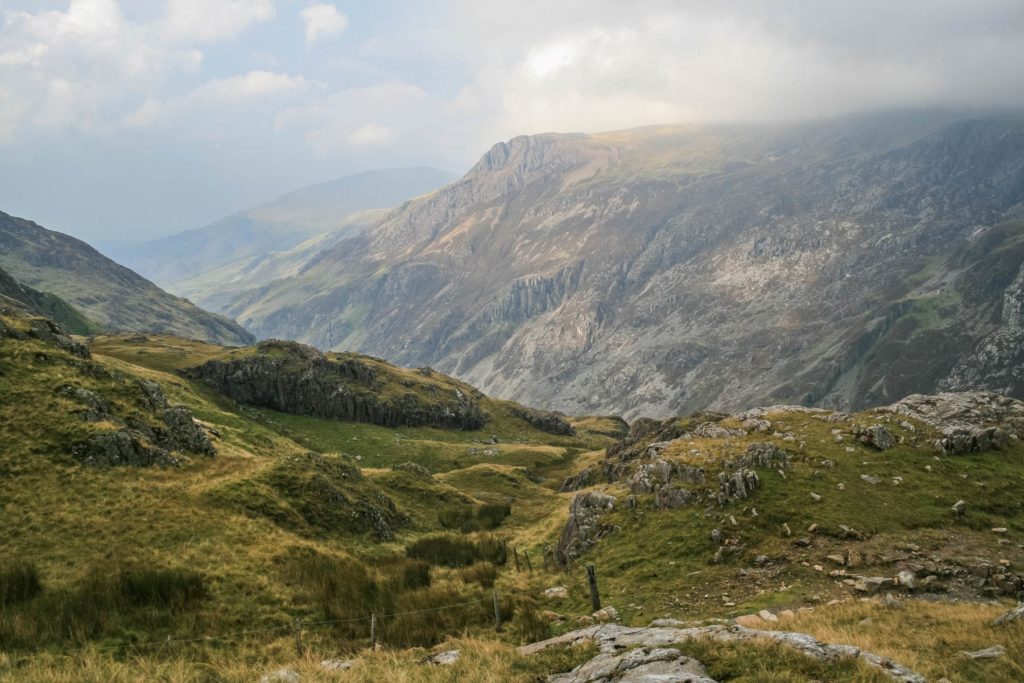
In addition to being the largest national park in Wales, Snowdonia is also home to the highest mountain in England and Wales – not to forget the largest natural lake in Wales too. The local area is steeped in cultural heritage and The National Park Authority works hard to conserve and enhance the areas natural beauty, wildlife and history.